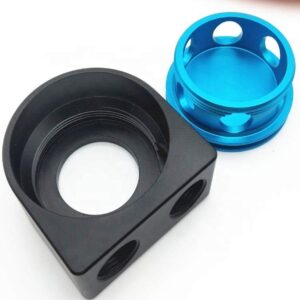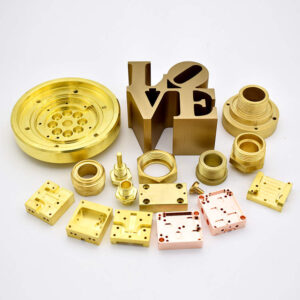
Commonly used copper grades and copper alloys for CNC processing
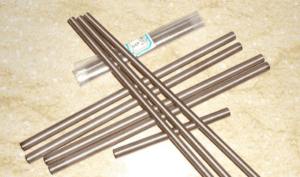
Copper C110: Also an electrolytic tough copper, easier to process than Copper 101, and the most popular of all electrolytic copper grades. Copper C110 typically contains less than 50 parts per million of metallic impurities, including sulfur. Additionally, they are highly conductive, up to 100% IACS (International Annealed Copper Standard).
(Note: Electrolytic tough copper is derived from cathode copper. Cathode copper refers to copper refined through electrolysis. This process involves filling copper compounds into the solution. Then applying enough power helps purify the copper material. Therefore, most electrolytic copper Contains fewer impurities than other copper grades.)
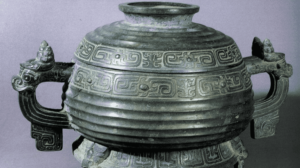
Brass: It is an alloy of zinc and copper known for its workability and hardness. Brass is machined into low-friction and complex parts, including valves, gears, bearings and locks. Brass components are also used in outdoor applications where they may be exposed to salt water and other contaminants.
The copper materials used in CNC machining mainly refer to copper alone and various copper alloys, including brass, bronze, red copper (pure copper), red copper, white copper, etc. Among them, brass is the most commonly used CNC processing material.
Precautions for CNC processing of copper
CNC machining copper is easier than machining aluminum or steel of the same strength. However, to achieve the best results, you must keep the following in mind:
1.Choose the right grade of copper: Although copper has been used successfully for several years, it is one of the most expensive materials. C101 is less machinable than copper C110 and is more cost effective. Therefore, material selection will depend on the characteristics of your application.
2.Set the feed rate: The feed rate is the speed at which the cutting tool engages the workpiece. Therefore, the correct feed speed must be set before processing copper parts, as it will affect the quality, life and surface finish of the copper parts. Additionally, copper conducts heat very quickly and high feed rates can increase tool wear over time.
3.Design for manufacturability: Design requirements and specifications must be considered and addressed before copper can be machined. Helps achieve the functionality required to manufacture copper parts.
4.Choose the right tool material: Many bronze plates are easy to work with and are softer than comparably strong aluminum and steel. This can lead to chip formation and tool wear. Therefore, it is important to choose the appropriate tool material. High-speed steel is a tool material suitable for CNC machining of copper.
Surface treatment after CNC copper machining
Copper is often used because of its thermal and electrical conductivity. Therefore, many surface finishes used on other machined metals may not be suitable for copper because they will hinder these properties. However, CNC copper parts are compatible with a variety of cost-effective surface treatments.
1.Electropolishing: Copper can be electropolished to obtain an extremely smooth and shiny surface. This process removes a tiny layer of material from the surface, typically between 0.0001 inch (0.00254 mm) and 0.0025 inch (0.0635 mm). Electropolishing can further improve corrosion resistance without affecting conductivity.
2.Plating: Metal plating of copper is often used to help prevent oxidation of its outer surface while maintaining electrical and thermal conductivity. In particular, precious metal plating (such as silver or gold plating) can provide low contact resistance to maintain excellent conductivity and solderability.Copper parts are bright cleaned, and common passivation and anodizing of copper parts are also performed.
3.Chemical polishing: When CNC processing copper materials, you may find that if the stamped copper products are not cleaned and left for a week before cleaning, black oxide will be produced on the surface of some products. If it is a problem with the copper material itself, it is difficult to solve it from a technical point of view. The only way to deal with it is to deal with the blackened products. The method is relatively simple, which is to polish the copper parts. The purpose of polishing copper parts is to restore the original color and luster to the blackened surface.
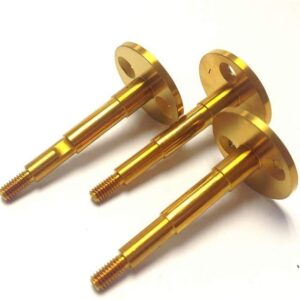
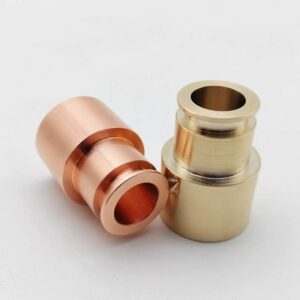
Copper and copper alloys are known for their excellent machinability and beneficial properties. If you want to know more details about CNC machining and related properties of various materials. Please contact us, AIXI will always be ready to help you better design product prototypes. And accurately manufacture copper parts while meeting their surface finish, precision and tolerance requirements.

 Deutsch
Deutsch Français
Français 日本語
日本語 Español
Español
